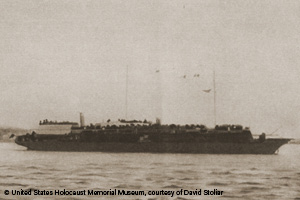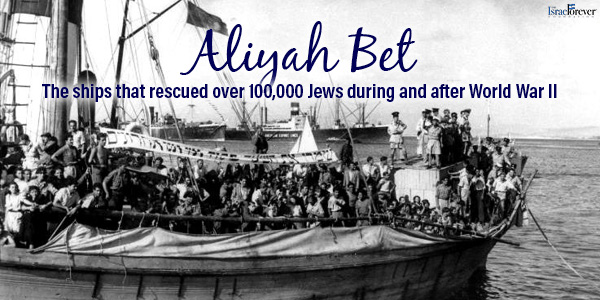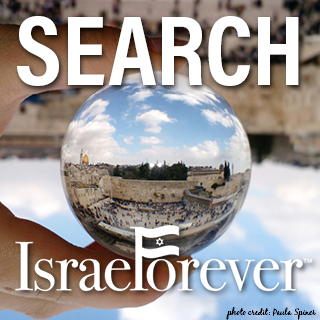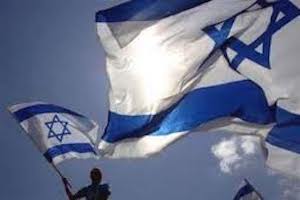The Backdrop Of Jewish Settlement: The Early Aliyot
THE FIRST ALIYAH 1882–1903
The migration known as the First Aliyah ran from 1882-1903 and consisted of individuals and small groups inspired by the Hibbat Zion (Lovers of Zion) and the BILU movements. Upon arrival to the barren land of Israel, these pioneers established the early rural settlements called “moshavot.”
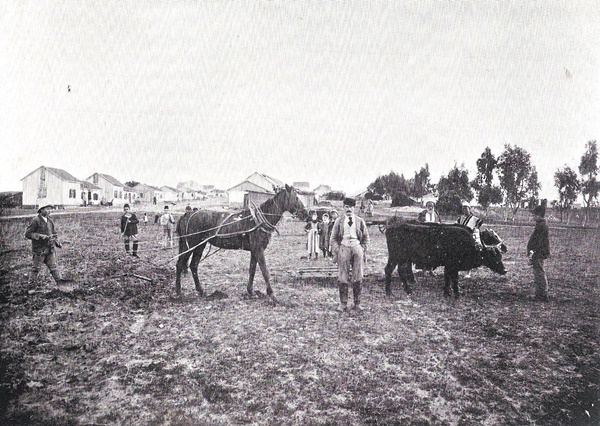
Petach Tikva, which was established in 1878 and then abandoned, was rebuilt. Baron Rothschild from France aided the setting up of these villages and it is doubtful that they would have stood ground without his help.
After a break of a few years another wave of immigration came in 1890 –1891 and they established more villages. The immigrants also went to live in the towns, in particular Jaffa and Jerusalem. They set up villages, established the first Hebrew schools, and renewed the Hebrew language.
At the beginning of the 20th century, Baron Rothschild ended his direct involvement in the support of new settlements and transferred the management and settlement development to the Jewish Colonization Association. Within a few years the JCA established a new block of settlements in the Lower Galilee.

Over 25,000 Jews came to Eretz Yisrael during the time of the First Aliya. The majority went to live in existing towns but a few thousand settled the villages and laid the foundations for the new settlements.
THE SECOND ALIYAH 1903 – 1914
The Second Aliyah - העלייה השנייה, HaAliyah HaSheniya - was an important and highly influential emigration of Jews that took place between 1904 and 1914, during which approximately 35,000 Jews immigrated into Ottoman-ruled Palestine, mostly from the Russian Empire and some from Yemen. The Second Aliyah is largely credited with the Revival of the Hebrew language and establishing it as the standard language for Jews in Israel. Eliezer Ben-Yehuda contributed to the creation of the first modern Hebrew dictionary. Although he was an immigrant of the First Aliyah, his work mostly bore fruit during the second.
As opposed to the First Aliya immigrants that settled in agricultural villages and were mainly mature adults and families, the immigrants that came from 1903 onwards consisted more of young singles. 35,000 people were part of the Second Aliya until 1914.
The Second Aliya laid the foundations for the institutions of social and political bodies of the Jewish Yishuv: the kibbutz; the Hebrew town – Tel Aviv; “Hashomer”, the first political parties; Workers Union; and health and aid institutions. At this time, the first Hebrew high school was established and foundations were laid for the institutions of higher education.
Immigrants of the Second Aliyah also deeply made their mark in the fields of art, literature and culture and the small Jewish settlement of Eretz Yisrael became the Hebrew creative center for the whole world. Writers like Yosef Haim Brener and the young S.Y. Agnon wrote and created here. The Hebrew language celebrated its victory in the “language war”.
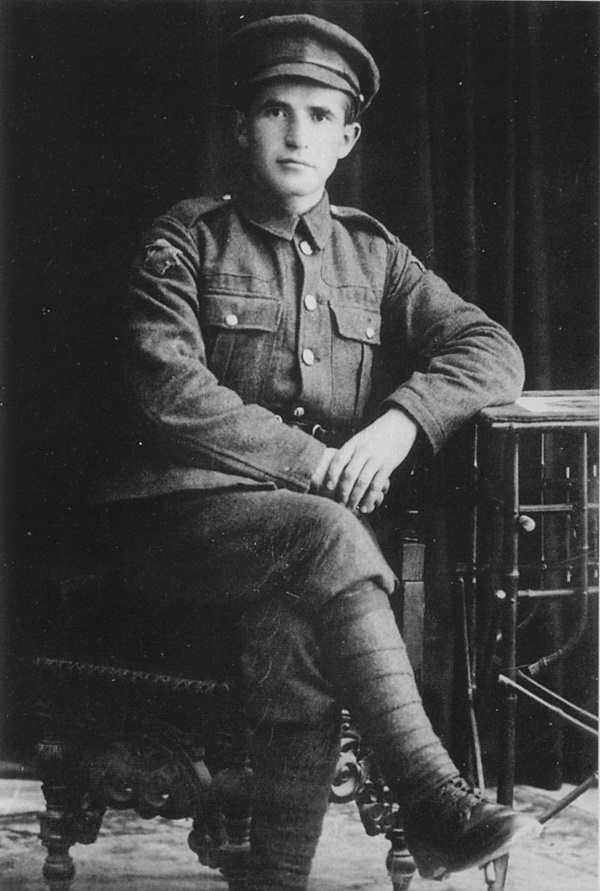
Many future leaders of Israel came with the Second Aliya: the first three Prime Ministers (Ben Gurion, Sharett and Eshkol) and the second and third Presidents (Ben Zvi and Shazar).
Tension developed between those of the First and Second Aliyot since each side claimed first rights. There is no dispute however that both Aliyot, first and second, helped create the new Jewish Yishuv in Eretz Yisrael, which eventually established the State of Israel in 1948.

